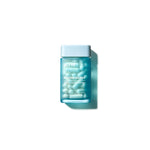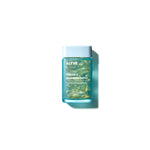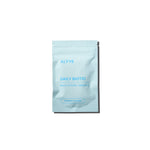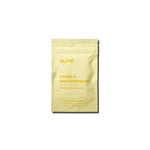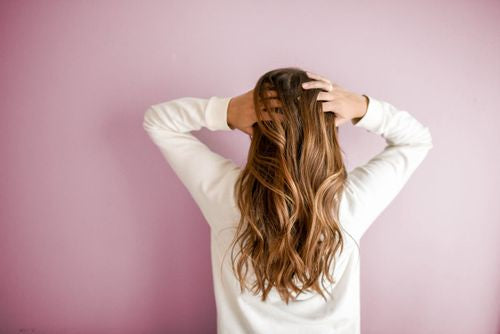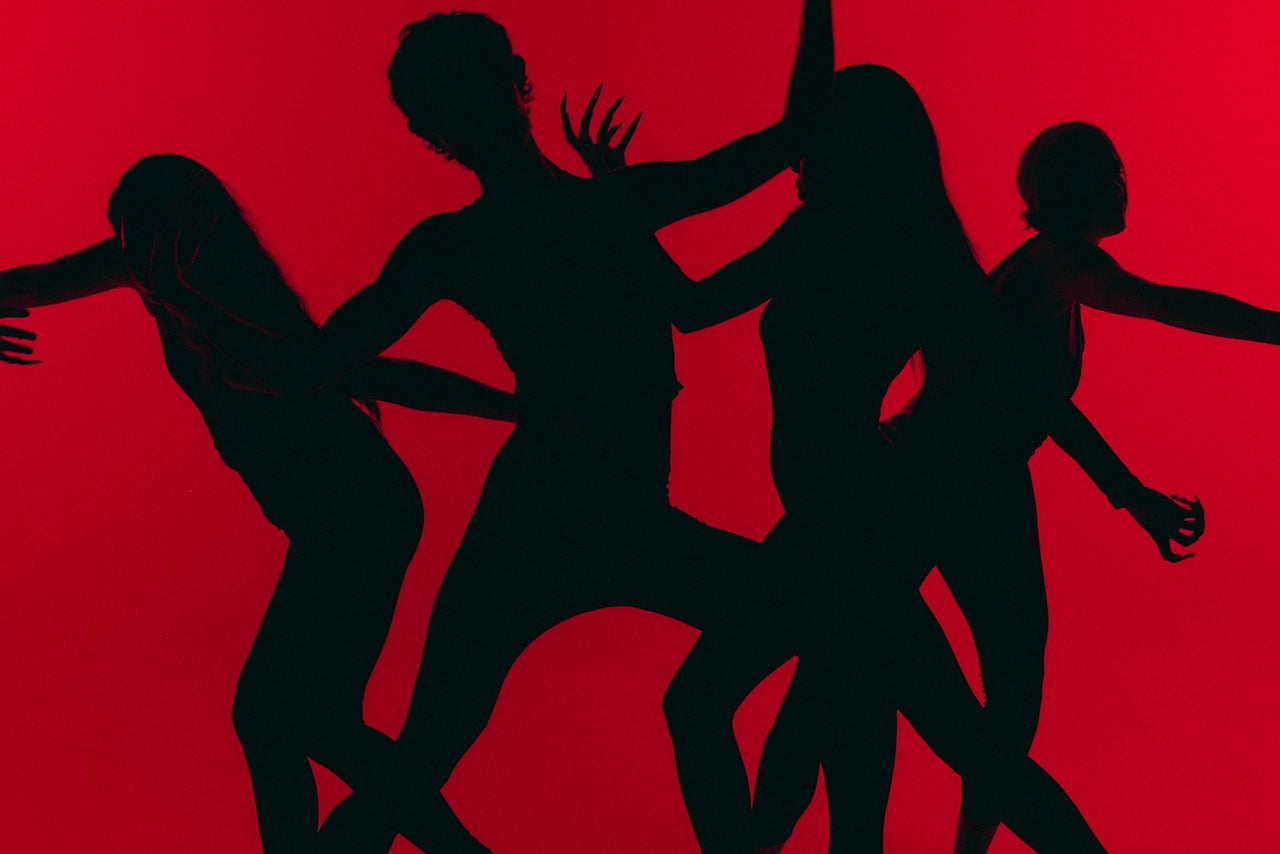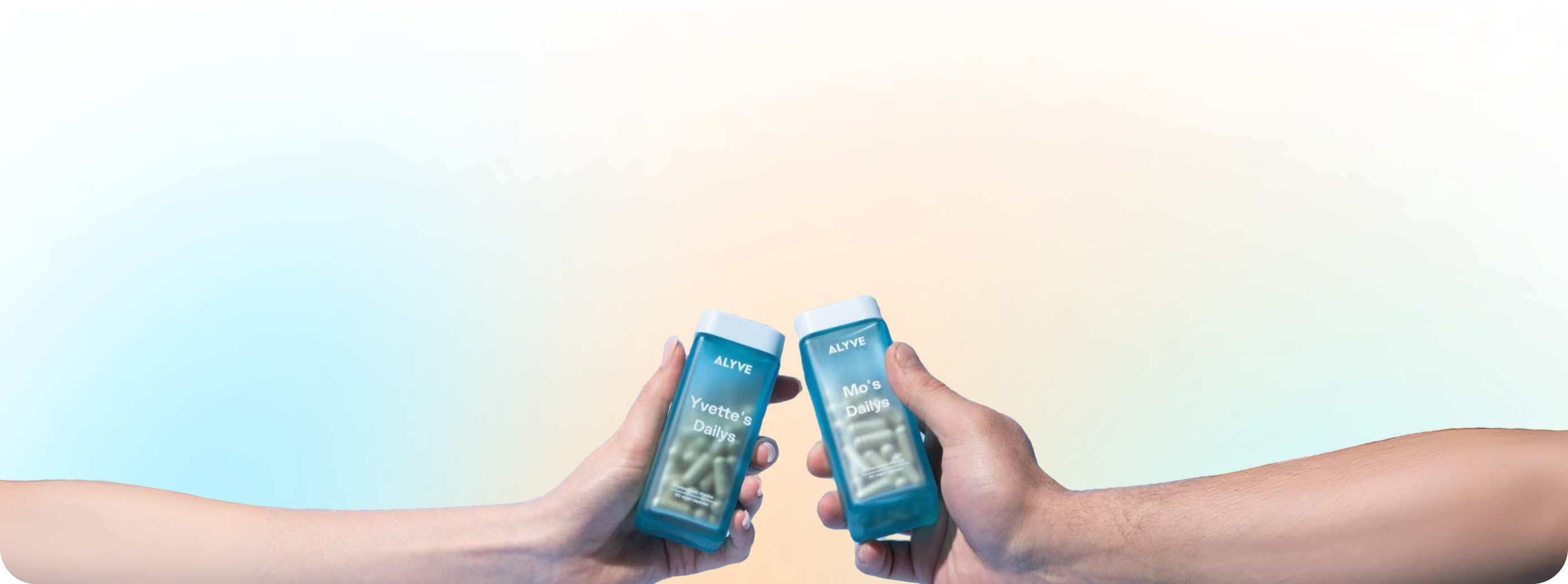Let’s dive into the world of scalp massaging. You might have heard about it from your favourite beauty influencer or seen it recommended in glossy magazines. But what exactly is scalp massaging, and should you be incorporating it into your daily routine? Let’s explore this relaxing practice and its potential benefits and drawbacks.
What is Scalp Massaging?
Scalp massaging is a soothing practice where you use your fingertips or a special tool to gently rub and knead your scalp. It’s a bit like giving yourself a mini massage, but focusing on your head. People often use oils like coconut or jojoba during the massage, but it can also be done on a dry scalp.
The Benefits
Promotes Hair Growth: One of the most touted benefits of scalp massaging is its potential to promote hair growth. By stimulating blood circulation to the hair follicles, a regular massage can help deliver more nutrients and oxygen to your scalp, which may encourage hair growth.
Stress Relief: Scalp massages are incredibly relaxing and can help reduce stress and tension. The repetitive, soothing motions can trigger the release of feel-good hormones like serotonin and dopamine, making you feel calmer and more relaxed.
Improved Scalp Health: Massaging your scalp can help to exfoliate the skin, removing dead cells and build-up from hair products. This can lead to a healthier scalp and potentially reduce issues like dandruff or dryness.
Better Absorption of Hair Products: If you’re using hair treatments or oils, massaging your scalp can help these products penetrate deeper, making them more effective.
The Drawbacks
Potential for Irritation: If you have a sensitive scalp or skin conditions like eczema or psoriasis, too much massaging or using the wrong techniques can cause irritation. It’s essential to be gentle and use appropriate products.
Not a Miracle Cure: While scalp massages can support hair growth and scalp health, they’re not a cure-all for hair loss or other serious scalp issues. These conditions often require medical treatment or professional advice.
Oily Hair: Using oils for scalp massage can sometimes leave your hair feeling greasy, especially if not washed out properly. If you have naturally oily hair, you might want to skip the oils or use them sparingly.
Should You Be Doing It?
So, should you jump on the scalp-massaging bandwagon? If you’re looking for a relaxing, feel-good addition to your routine, it’s certainly worth a try. The benefits, from improved scalp health to stress relief, make it a lovely self-care practice. However, keep in mind that it’s not a substitute for medical treatments if you have serious scalp or hair issues.
To get started, you don’t need any fancy equipment. Your fingertips work perfectly fine. If you prefer, you can invest in a scalp massaging tool, which is often designed to be gentle yet effective. A few minutes a day is all you need to reap the benefits.
Here’s a simple guide to follow:
Start Slow: Begin with clean, dry hair. If using oils, apply a small amount to your fingertips.
Use Gentle Pressure: Using your fingertips, gently massage your scalp in small, circular motions. Focus on different sections to cover your entire scalp.
Be Consistent: For best results, incorporate scalp massaging into your routine a few times a week. Consistency is key.
In conclusion, scalp massaging is a delightful addition to your self-care regimen. Whether you’re aiming for longer locks, a healthier scalp, or just a bit of relaxation, it’s a practice worth exploring. So, go ahead, give it a try and let your scalp enjoy a little TLC. After all, a happy scalp often leads to happy hair!
